How to wash reusable diapers?
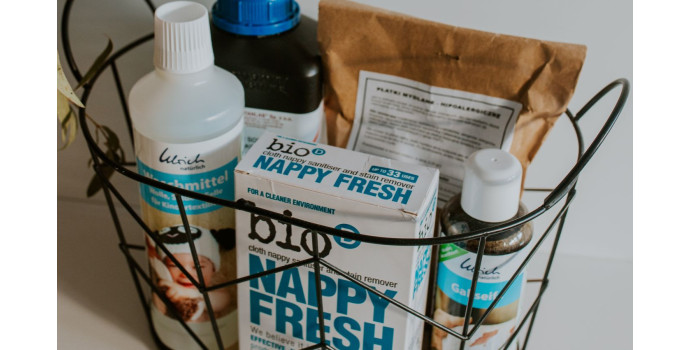
The question of washing diapers is quite general, since the first thing that comes to mind is to specify what kind of diapers are involved.
The basic distinction for washing here will be the division of the material from which they are made. Further guidelines are already very simple.
Anything that performs an absorbent function in a diaper, that is: absorbent pads, fitteds, flat diapers, prefolds, or preflats, regardless of the more or less fickle name we will work according to the procedure:
.
.
1. Preparation
.
❇️ Put diapers soiled with pee and soiled with milk poop (applies to babies exclusively breastfed or mixed: breast + formula milk) into the washing machine and turn on the rinse with spinning.
.
❇️ We first pre-clean diapers soiled with poop that is not completely liquid (plasticine poop in babies fed exclusively with modified milk and the poop of babies from the start of dietary expansion) from all "solid" dirt by shaking or flushing them down the toilet. Then we put them in the washing machine and insert a rinse with spinning.
.
Tip: To make it easier to remove the poop from the diaper use the paper fleece liner.
.
.
All the absorbent parts of diapers are usually sewn from natural materials such as cotton, hemp and linen, artificial materials (fibers of natural origin that have been chemically treated by humans) such as bamboo viscose or tencel/lyocel, or synthetic materials such as microfiber, fleece, microfleece, synthetic velour, evolon, coolmax, etc.
.
All of these materials can be washed in white-washing powders and high temperatures, which is especially important for reusable diapers.
.
.
2. Main washing
.
Pre-washed diapers in the washing machine are put on a long program for cotton, temperature 60ºC / 140ºF degrees. This choice is due to the fact that the diapers need to be washed for a long enough time at a high temperature to get rid of bacteria.
.
An additional factor that helps remove any potentially dangerous bacteria and viruses is the right detergent. For washing reusable diapers, any white washing powder that contains surfactants in its composition: phosphates or zeolites, sodium percarbonate and TAED will be suitable. In practice, a very large proportion of the white washing powders on the market contain them, including baby powders.
.
.
3. Drying
.
You can dry washed diapers traditionally or using a tumble dryer. However, it is always worth following the recommendations of the manufacturer of a particular diaper. Not all diapers with elastics are suitable for tumble dryers, and some materials can shrink severely in the dryer. PUPPI diapers can be tumble dried.
.
.
What about the outer parts of the diapers, that is, what protects them from leaking?
.
The outer parts, called covers, are sewn from natural merino wool or laminated polyester (PUL). Sometimes the waterproof part is sewn permanently to the absorbent part (in AIO diapers), in which case it is always PUL material. Sometimes the outer part is in the form of pull-up shorts.
.
Each of these two materials requires completely different treatment.
You can wash most PUL diapers together with the absorbent inserts, and some of them can also be tumble dried.
.
Wool requires separate care.
.
Above all, always wash wool in liquid or shampoo for wool, never in powders or ordinary washing liquids.
.
The temperature that wool tolerates during washing is 30-35ºC / 86-95ºF degrees, and it is important not to change it abruptly during washing by adding cold or hot water, as such water temperature jumps will lead to felting of natural wool. Washing and rinsing should therefore be done in water of as close to the same water temperature as possible.
.
.
Washing procedure for wool diapers:
.
- If the wool cover is only damp just hang it to dry.
- If it is very wet, rinse it in clean water, squeeze it out and hang it up to dry.
- If the cover is soiled from poop, rinse the soiling with a strong stream of water, then wash it in lukewarm water with a tablespoon of wool detergent, rinse it, squeeze it without wringing it out and hang it to dry.
.
.
It is important to remember that wool is very hygienic!
.
Thanks to its chemical and physical properties, wool does not need to be washed too often. If no visible dirt appears on it, washing can be done even once every few weeks. The structure of wool fibers makes them repel dirt and neutralize odors. The lanolin contained in them, on the other hand, is responsible for ensuring that possible bacteria have no chance to develop. However, this process leads to the gradual escape of lanolin from wool, so it is necessary to carry out a lanolin treatment once in a while.
.
You can find the exact instructions for lanolin treatment on the package of ready-made lanolin treatment or on our lanolin, as well as here.

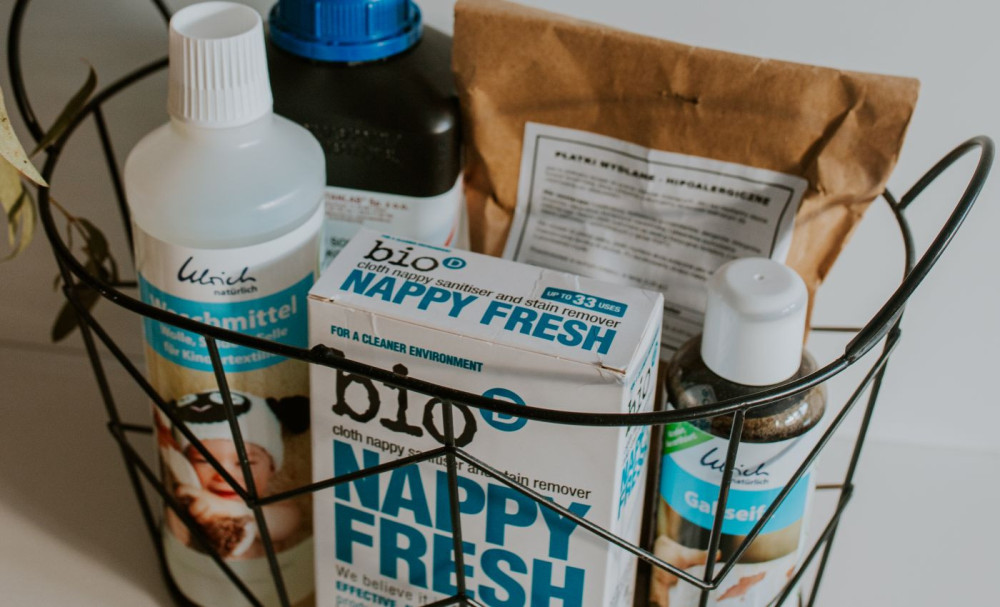
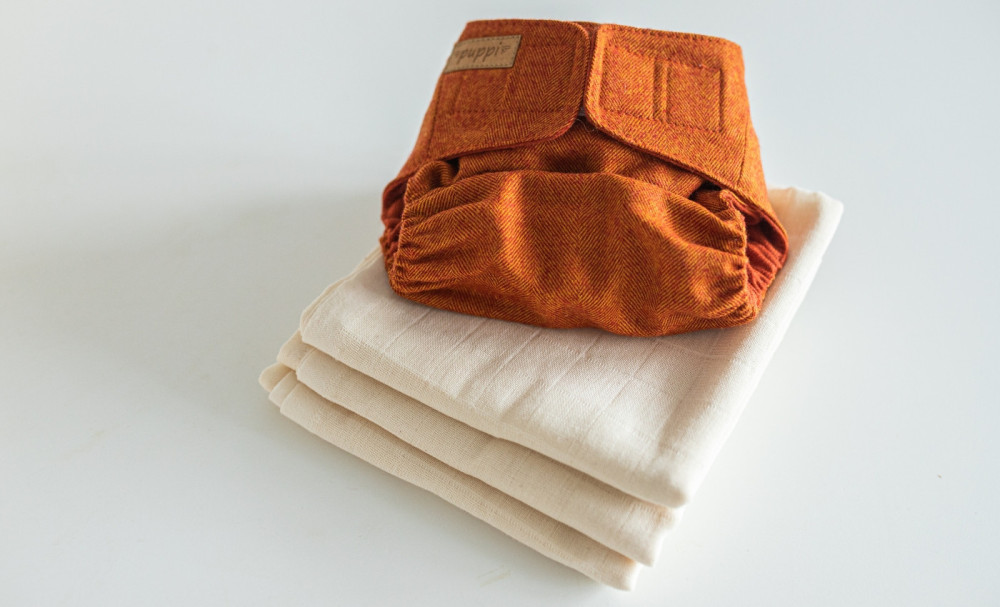
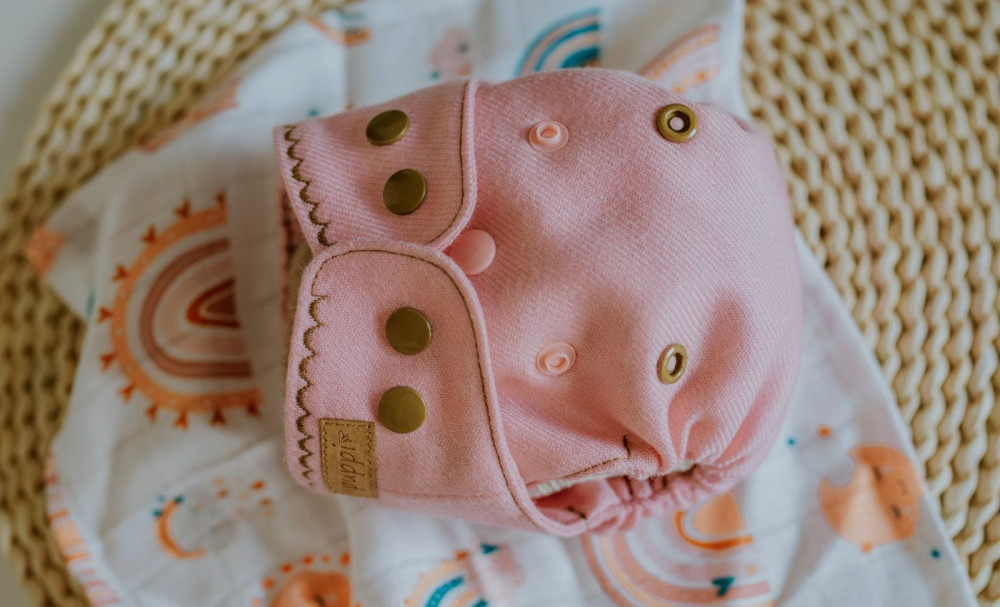
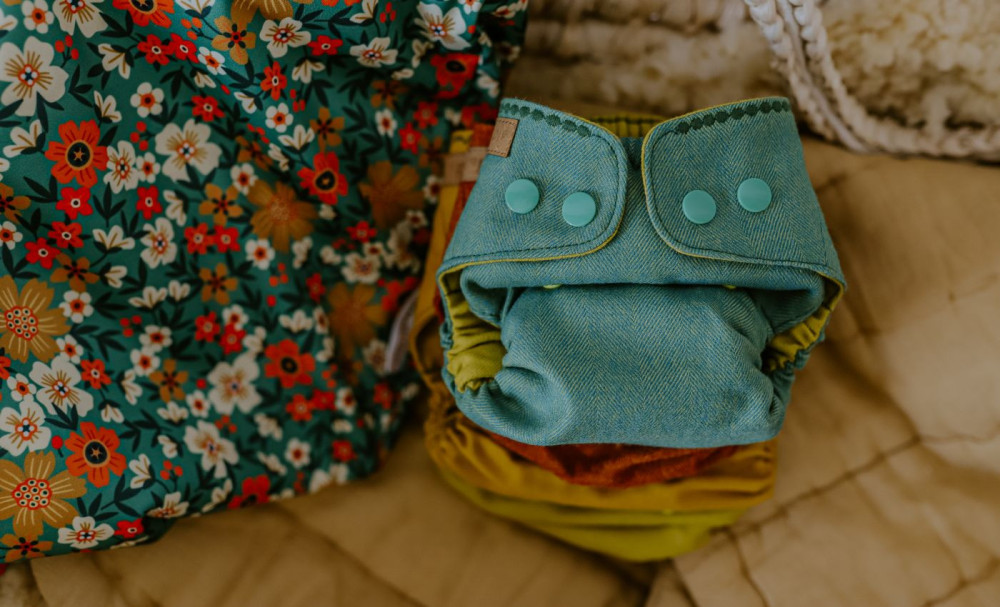
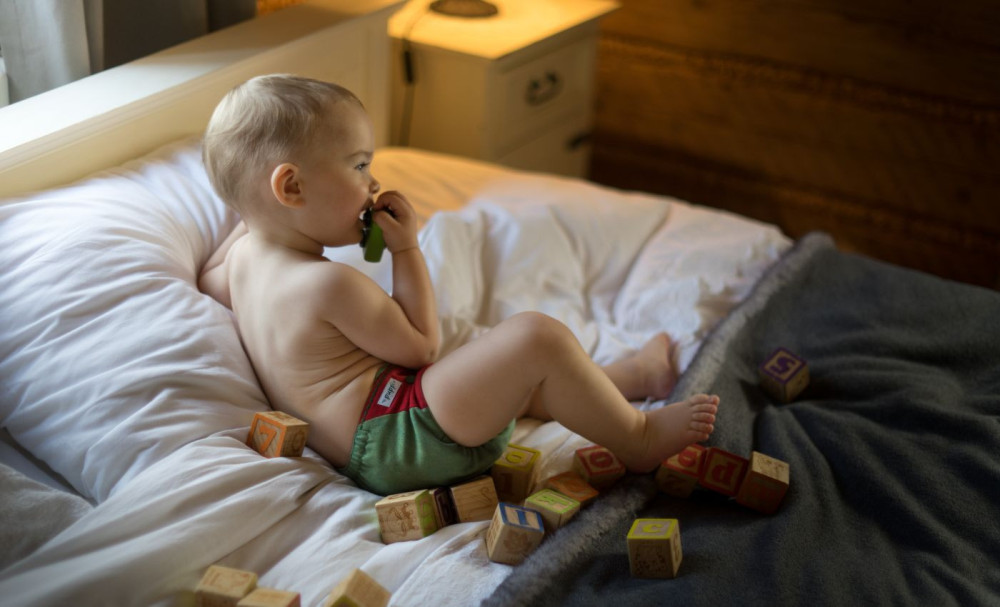
Comments
No comment at this time!
Leave your comment